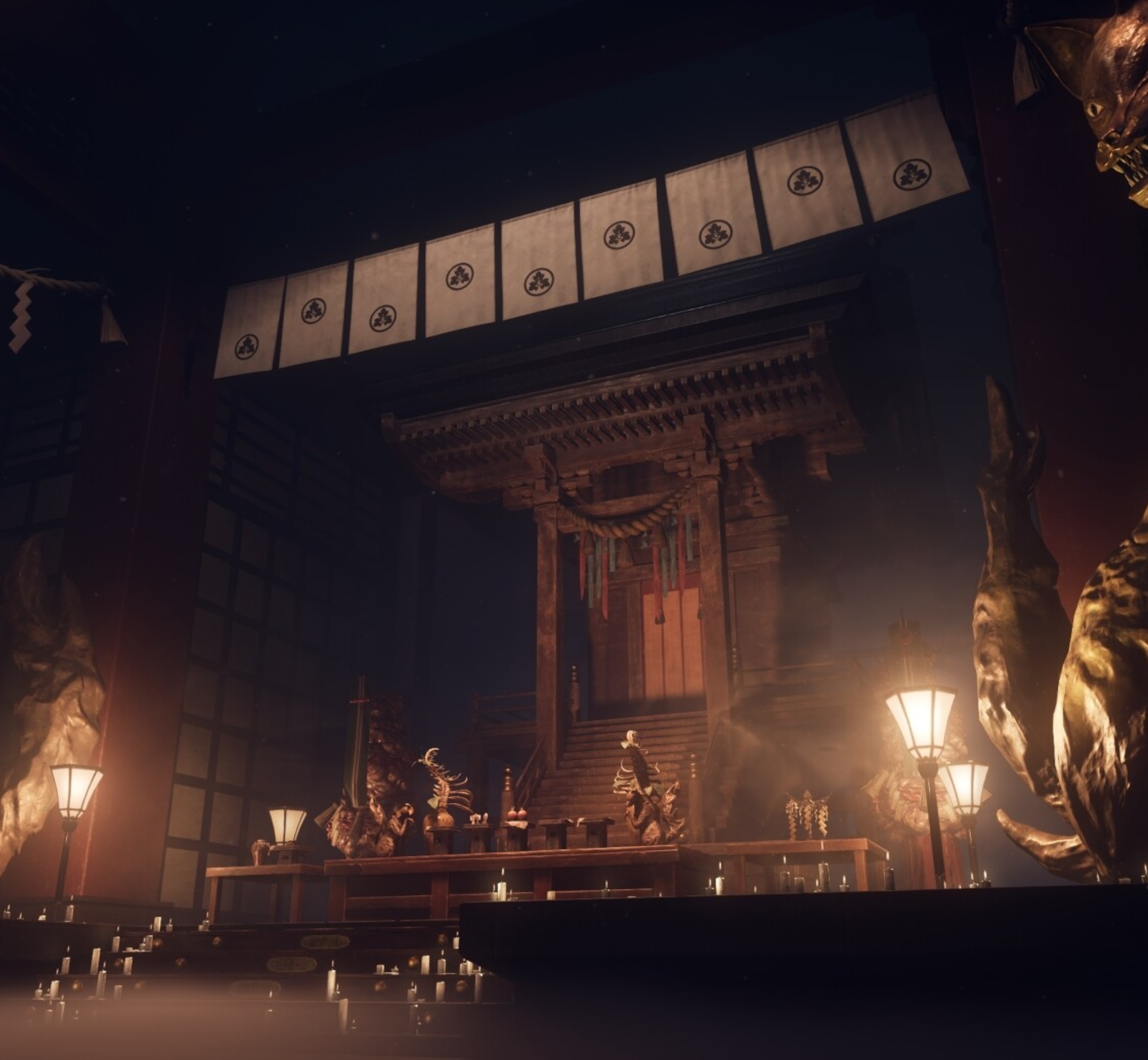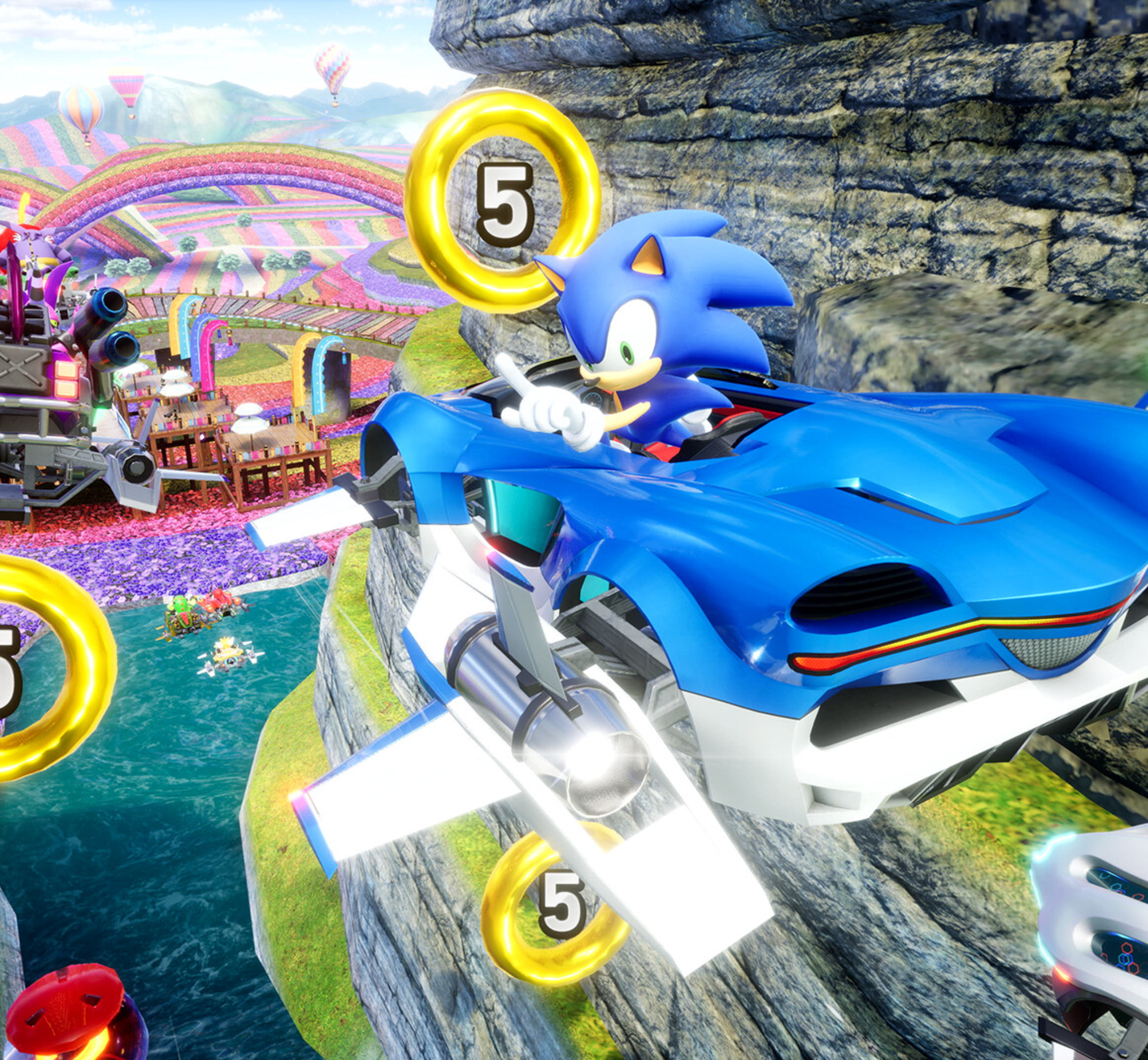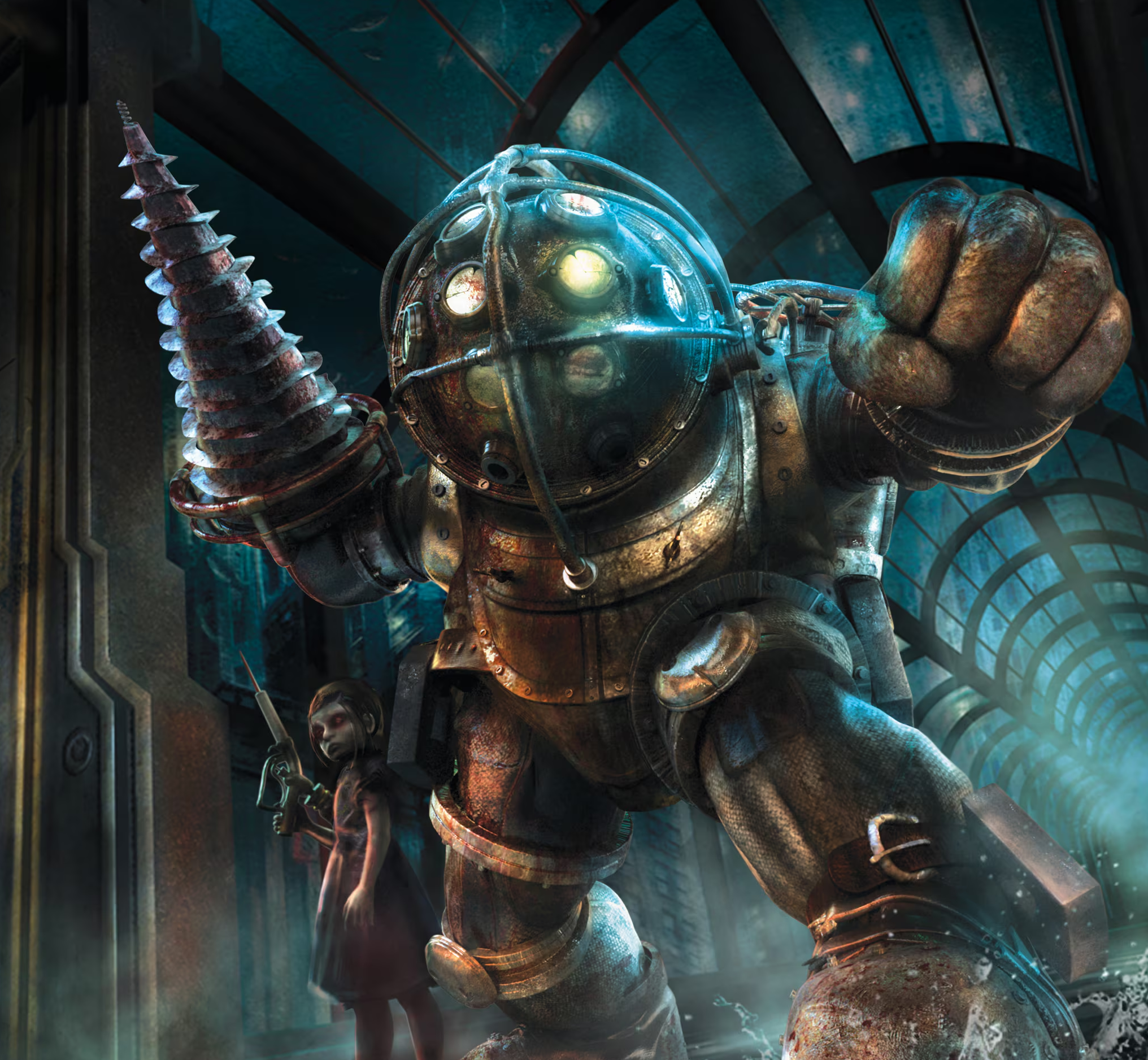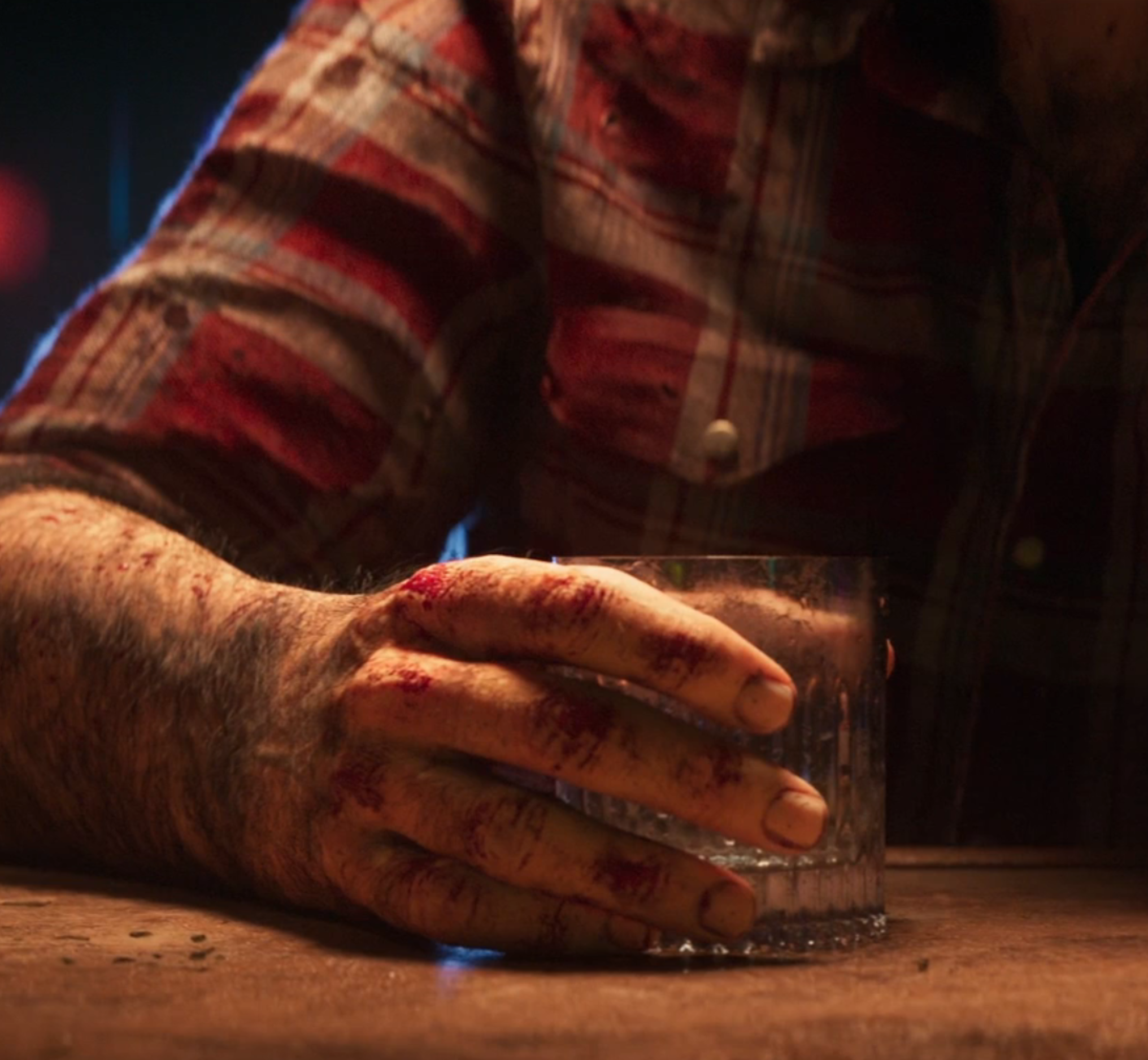After years of action-heavy blockbusters dominating the market, the gaming industry is witnessing a chilling resurgence: horror and atmospheric games are making a comeback. From big-budget franchises to inventive indie projects, developers are embracing fear as a powerful tool to engage audiences, and players appear more than ready to step back into the shadows.
One of the highest-profile titles fueling this revival is Silent Hill f, scheduled to release later this month. The game represents the first mainline entry in the legendary series in over a decade, promising a fresh take on the psychological terror that made the franchise iconic. With a new setting, disturbing creature designs, and a focus on unsettling storytelling, Silent Hill f is positioned to reignite interest in horror among mainstream audiences. Its arrival has also reignited debates about the future of narrative-driven horror and whether established franchises can adapt to modern expectations while retaining their eerie core.
But the horror resurgence is not limited to legacy titles. Indie studios, often unburdened by the expectations of mass-market success, are pushing the boundaries of atmospheric design. Smaller projects such as experimental first-person thrillers, survival-focused horror adventures, and lo-fi narrative games are drawing attention for their ability to generate tension through simplicity. These titles rely less on high-end graphics and more on psychological unease, sound design, and player vulnerability. The result has been a wave of innovative releases that offer different flavors of fear, catering to a wide range of audiences.
Industry analysts point to several factors behind this trend. For one, audiences have shown renewed appetite for slower, more immersive experiences after years of fast-paced action dominating the landscape. Horror, with its emphasis on pacing and mood, fits this shift perfectly. Additionally, the streaming era has helped boost horror games’ visibility. Watching players scream, panic, or nervously laugh their way through a terrifying encounter has become entertainment in itself, giving horror titles viral momentum and free publicity.
Developers are also finding that modern technology offers new ways to amplify fear. Advances in sound design, lighting effects, and environmental rendering allow for more convincing atmospheres than ever before. Virtual reality, too, has become a fertile ground for horror, where immersion magnifies every scare. Even traditional console and PC games are benefiting from hardware capable of rendering environments with haunting detail and fluid, lifelike animations.
Still, the resurgence carries challenges. Horror remains a niche genre compared to mainstream action and sports titles, and not every experiment finds its audience. Some critics caution that an oversaturation of horror projects could dilute the genre’s impact. Others stress the importance of balance, warning developers not to mistake cheap jump scares for the carefully crafted tension that defines great horror experiences.
Nevertheless, the renewed attention on horror and atmospheric games has added refreshing variety to the industry’s release calendar. With Silent Hill f drawing eyes back to one of the most iconic series in gaming history and indie creators proving that fear can be delivered in countless ways, horror appears set to reclaim its place in the spotlight.
For gamers, it means more opportunities to explore eerie worlds, confront their fears, and discover just how creative the art of terror can be when developers embrace atmosphere over spectacle.



